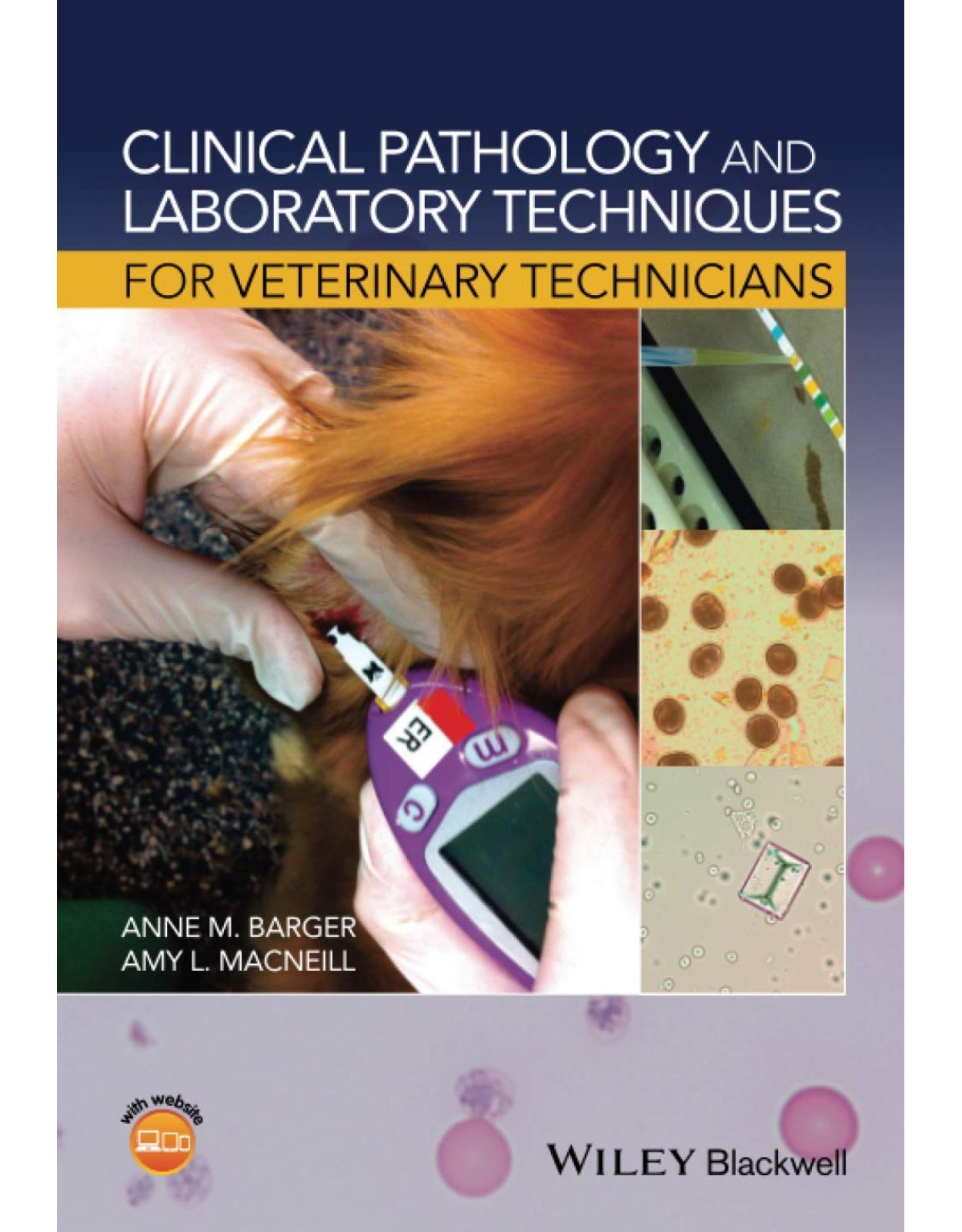
Clinical Pathology and Laboratory Techniques for Veterinary Technicians
Livrare gratis la comenzi peste 500 RON. Pentru celelalte comenzi livrarea este 20 RON.
Disponibilitate: La comanda in aproximativ 4 saptamani
Autor: Anne M. Barger
Editura: Wiley
Limba: Engleza
Nr. pagini: 278
Coperta: Paperback
Dimensiuni: 16.83 x 1.68 x 24.45 cm
An aparitie: 2 Oct. 2015
Description:
A comprehensive reference for veterinary technicians providing information on hematology, hemostasis, clinical chemistry, urinalysis, parasitology, and fecal testing pertaining to small animals, horses and cattle.
Table of Contents:
Chapter 1 Getting Started with Clinical Pathology
Learning Objectives
Key Terms
Case example 1
Case example 2
Introduction
Standard Equipment
Figure 1.1 Microscope diagram. Components of an upright binocular light microscope are indicated. Common microscope components include two eyepieces, two draw tubes, a body tube, an arm, objective lenses, a revolving nosepiece, the microscope stage, stage clips, a mechanical stage control, a course adjustment knob, a fine adjustment knob, a condenser, an iris diaphragm, a lamp, and a rheostat.
Technician Tip 1–1: Total magnification
Figure 1.2 Microscope condenser settings. (a) Dried samples are examined with the condenser close to the microscope stage to reduce light scatter. (b) Fluid samples (including wet-mounted samples and hemocytometers) are examined with the condenser lowered away from the microscope stage to improve visualization of objects that are floating in solution.
Technician Tip 1–2: Ways to Fix Common Problems with the Microscope
Figure 1.3 Balanced centrifuge. The same sample weight is placed on opposite sides of a centrifuge rotor to balance the sample load during centrifugation. This prevents damage to the rotor.
Figure 1.4 Refractometer measurement. The proportion of solids in a fluid sample is calculated by a refractometer. This value is read by looking through the eyepiece of the instrument and adjusting the eyepiece to fine focus the scale present in the refractometer.
Figure 1.5 Hemocytometer. (a) Hemocytometer with two chambers for counting the number of cells in a fluid sample. (b) Ten microliters of fluid is loaded into each chamber of a hemocytometer. (c) Hemocytometer incubating in a petri dish over a damp gauze to prevent the sample from drying out and allow the cells to settle.
Figure 1.6 Hemocytometer grid. Each chamber of a hemocytometer contains nine 1-mm grid sections. Cells that fall within the grid section and on the upper and left edges of the grid section are counted. Cells that fall on the lower and right edges of the grid section are not counted.
Figure 1.7 Differential cell counters. (a) Analog and (b) digital cell counters are shown.
Standard Supplies
Technician Tip 1–3: Labeling Slides
Figure 1.8 Blood collection tubes. Different blood collection tubes are needed for different clinical pathology diagnostic tests. These tubes come in many different sizes and are color coded for easy identification.
Sample Types
Sample Storage and Preparation
Basic Laboratory Safety
Interpretation and comments for Case 1
Interpretation and comments for Case 2
Activities
Multiple Choice Questions
Chapter 2 Hematology
Learning Objectives
Key Terms
Case example 1
Case example 2
Case example 3
Introduction
Components of Peripheral Blood
Blood Cell Parameters
Erythrocytes
Figure 2.1 Erythropoiesis (Wright–Giemsa stain, 1400× magnification). (a–d) Bone marrow aspirate from a Bernese mountain dog. (a) Rubriblast with scant, deeply basophilic cytoplasm; a large, round nucleus; and three prominent nucleoli. (b) Rubricytes (arrows) with basophilic cytoplasm and a round nucleus with a clumped chromatin pattern. (c) Metarubricytes (arrows) with polychromatophilic cytoplasm and a small, condensed nucleus. (d) Reticulocytes (arrows) with polychromatophilic cytoplasm and no nucleus.
Figure 2.2 Erythrocytes in peripheral blood (1400× magnification). (a) Metarubricyte (nucleated red blood cell) from a Lhasa apso (Wright–Giemsa stain). (b-d) Blood from a Lhasa apso, new methylene blue stain. (b) Reticulocyte containing blue-staining RNA and ribosomes. (c) Punctate reticulocyte with small-rounded basophilic-staining remnants of RNA and ribosomes. (d) Aggregate reticulocytes with large clusters of basophilic-staining remnants of RNA and ribosomes. (e-h) Wright–Giemsa stain. (e) Erythrocytes from a domestic shorthaired cat. (f) Erythrocytes from a cocker spaniel showing central pallor. (g) Erythrocytes from a foal. (h) Bovine erythrocytes.
Table 2.1 Polychromasia scoring system. Note that polychromasia will not be observed in the horse
Figure 2.3 Erythrocyte arrangements on peripheral blood smears (Wright–Giemsa stain, 200× magnification). (a) Rouleaux of erythrocytes from a domestic shorthaired cat. (b) Agglutination of erythrocytes from a Lhasa apso.
Figure 2.4 Peripheral blood smears illustrating differences in erythrocyte morphology (1400× magnification). (a–g) Wright–Giemsa stained samples. (a) Anisocytosis (difference in erythrocyte size) in a Chihuahua. (b) Polychromasia in a Lhasa apso. (c) Basophilic stippling in a Maine coon erythrocyte. (d) Siderotic plaque (Pappenheimer body) in an erythrocyte from a wire fox terrier. (e) Nucleated red blood cells (metarubricytes) from a Lhasa apso. (f) Howell—Jolly body in a Lhasa apso erythrocyte. (g) Heinz bodies (arrows) in domestic shorthaired cat erythrocytes. (h) Erythrocyte containing a Heinz body (blue-staining defect) in a new methylene blue-stained sample from a domestic shorthaired cat.
Figure 2.5 Peripheral blood smears depicting erythrocyte poikilocytosis (Wright–Giemsa stain, 1400× magnification). (a) Ecchinocyte in a great dane. (b) Acanthocyte from a red bone hound. (c) Schistocytes from a domestic shorthaired cat. (d) Spherocyte from a giant schnauzer. (e) Eccentrocyte from a miniature pinscher. (f) Keratocyte from a borzoi. (g) Ghost cell caused by intravascular hemolysis in a red bone hound. (h) Hemoglobin crystal from a domestic longhaired cat. (i) Leptocyte from a shih tzu. (j) Target cells from a wire fox terrier. (k) Stomatocyte from a miniature pinscher.
Technician Tip 2–1
Technician Tip 2–2
Leukocytes
Figure 2.6 Myelopoiesis (Wright–Giemsa stain, 1400× magnification). (a–d) Bone marrow aspirate from a Bernese mountain dog. (a) Myeloblast with basophilic cytoplasm and a large, rounded nucleus containing several nucleoli. (b) Promyelocyte with basophilic cytoplasm; small, eosinophilic, cytoplasmic granules; and a round nucleus. (c) Eosinophil myelocyte with relatively abundant basophilic cytoplasm; numerous, large, brightly eosinophilic granules; and a round, eccentrically located nucleus. (d) Neutrophil metamyelocyte with pale cytoplasm and a thick, cleaved nucleus. (e and f) Peripheral blood smear from a cocker spaniel. (e) Neutrophil metamyelocyte with cytoplasmic basophilia and a thick, cleaved nucleus. (f) Band neutrophil with pale cytoplasm and a horseshoe-shaped nucleus.
Figure 2.7 Mature granulocytes in peripheral blood (Wright–Giemsa stain, 1400× magnification). (a) Feline-segmented neutrophil. (b) Segmented neutrophil from a cocker spaniel. (c) Segmented neutrophil from a foal. (d) Bovine segmented neutrophil. (e) Eosinophil from a domestic shorthaired cat. (f) Canine eosinophil. (g) Eosinophil from a foal. (h) Bovine eosinophil. (i) Basophil from a domestic shorthaired cat. (j) Basophil from a mixed-breed dog. (k) Basophil from a foal. (L) Basophil from a Jersey cow.
Figure 2.8 Monocytes in peripheral blood (Wright–Giemsa stain, 1400× magnification). (a) Monocyte from a domestic shorthaired cat. (b) Canine monocyte. (c) Monocyte from a foal. (d) Bovine monocyte.
Figure 2.9 Lymphocytes (Wright–Giemsa stain, 1400× magnification). (a–g) Peripheral blood smears. (a) Small lymphocyte from a domestic shorthaired cat. (b) Small lymphocyte from a mixed-breed dog. (c) Small lymphocyte from a foal. (d) Small lymphocyte (left) and large granular lymphocyte (right) from a Jersey cow. (e) Feline reactive lymphocyte. (f) Atypical lymphocyte from a mixed-breed dog. (g) Large granular lymphocyte from a golden retriever. (h) Plasma cell in a bone marrow aspirate from a Bernese mountain dog.
Table 2.2 Calculation of absolute leukocyte counts when the total white blood cell (WBCytoplasmic vacuolationC) count is 15,000 cells/μL
Figure 2.10 Granulocyte morphology in peripheral blood (Wright–Giemsa stain, 1400× magnification). (a) Hypersegmented neutrophil from a domestic longhaired cat. (b and c) Pelger–Huet anomaly in an Australian shepherd. (b) Hyposegmented neutrophil with mature chromatin. (c) Hyposegmented mature eosinophil. (d) Segmented neutrophil with three Döhle bodies from a cocker spaniel. (e) Band neutrophil with cytoplasmic basophilia from a domestic shorthaired cat. (f) Giant neutrophil from a domestic shorthaired cat with cytoplasmic basophilia and vacuolation consistent with a 3–4+ toxic change.
Platelets
Figure 2.11 Thrombopoiesis in a bone marrow aspirate from a Bernese mountain dog (Wright–Giemsa stain, 1000× magnification). (a) Immature megakaryocyte with scant basophilic cytoplasm and a single, large, round nucleus. (b) Mature megakaryocyte with lightly basophilic cytoplasm and a large, multilobulated nucleus.
Figure 2.12 Platelets in peripheral blood (Wright–Giemsa stain, 2114× magnification). (a) Platelets from a domestic shorthaired cat. (b) Platelets from a Chihuahua. (c) Platelets from a foal. (d) Platelets from a Jersey cow.
Figure 2.13 Atypical platelet morphology in peripheral blood smears (Wright–Giemsa stain, 1960× magnification). (a) Giant platelet in a peripheral blood smear from a rottweiler. (b) Megalocytic platelet.
Atypical Cells in the Peripheral Blood
Figure 2.14 Abnormal cells in peripheral blood (Wright–Giemsa stain, 1400× magnification). (a) Feline mast cell with rounded cytoplasm (filled with small, metachromatic granules) and a round nucleus. (b) Blast with a moderate amount of basophilic cytoplasm and a rounded nucleus with a prominent nucleolus (arrow) from a mixed-breed dog.
Blood Parasites
Figure 2.15 Peripheral blood parasites (Wright-Giemsa stain). (a–f) 1400× magnification. (a) Cytauxzoon felis – intracellular piriform-shaped organisms in erythrocytes of a domestic shorthaired cat. (b) Mycoplasma haemofelis – extracellular pinpoint organism on an erythrocyte of a domestic shorthaired cat. (c) Babesia canis – large intracellular piriform-shaped pathogen in an erythrocyte from a dog. (d) Babesia gibsoni – intracellular piriform-shaped pathogen in an erythrocyte from a pit bull terrier. (e) Ehrlichia ewingii – round, granular, intracellular organism in the cytoplasm of a neutrophil from a rottweiler. (f) Anaplasma platys – small, round to irregular organisms staining deeply basophilic within platelets from a mixed-breed dog. (g) Anaplasma marginale – small, round, extracellular pathogens on the erythrocytes of a Jersey cow.
Figure 2.16 Extracellular blood parasites. (a) Dirofilaria immitis – extracellular microfilaria with a tapered head from a mixed-breed dog (917× magnification). (b) Trypanosoma theileri from a cow – an elongated protozoal organism with pointed cytoplasm at the leading edge and a flagellum at the lagging edge (approximately 917× magnification).
Hematology Methods
Figure 2.17 Packed cell volume measurement. (a and b) Microhematocrit tubes containing whole blood are stopped with clay to prevent leakage. (c) A clear delineation between air (top), plasma (bracket), a buffy coat containing WBCs and platelets (arrow), RBCs, and clay (bottom) can be seen in adequately centrifuged microhematocrit tubes. (d) The centrifuged tube is lined up on a PCV scale so that the interface between the clay and the RBCs is at the 0% mark and the interface of the plasma and the air is at the 100% mark. The line that crosses the interface between the cells and plasma is the PCV of the sample. The PCV of this sample is 28%. The line that crosses the interface between the RBCs and buffy coat is the Hct. The Hct of this sample is 27%.
Figure 2.18 Hemocytometer grid with numerous platelets (three are circled) and one WBC (arrow).
Figure 2.19 Blood smear technique. (a) A 2–3 mm drop of blood in placed on one end of a clean glass slide. (b) A second slide is placed on the blood drop to spread the blood drop across with width of the first slide. The second slide is then moved evenly down the length of the first slide to smear the blood. (c) This unstained blood smear is of the appropriate thickness to contain a cellular monolayer where cell morphology is assessed. Note that the entire blood sample remains on the first slide and creates a feathered edge where larger cells, platelet clumps, and microfilaria often are observed.
Figure 2.20 Findings in peripheral blood smears at low magnification (Wright–Giemsa stain, 200× magnification). (a) A large clump of platelets from a domestic shorthaired cat. (b) Microfilaria in a mixed-breed dog.
Table 2.3 The importance of calculating absolute cell counts
Technician Tip 2–3
Figure 2.21 Saline agglutination test. (a) Wet-mount of a blood sample mixed 1:1 with saline. (b) Positive saline agglutination test (200× magnification, wet mount).
Further Reading
Interpretation and comments for Case 1
Interpretation and comments For Case 2
Interpretation and comments for Case 3
Activities
Multiple Choice Questions
Chapter 3 Hemostasis
Learning Objectives
Key Terms
Case example 1
Case example 2
Case example 3
Introduction
Physiology
Figure 3.1 Petechiae. Pinpoint petechial hemorrhages on the ear pinna of a golden retriever.
Figure 3.2 Ecchymoses. Multiple 1–2 cm ecchymotic hemorrhages on the abdomen of a poodle.
Figure 3.3 Secondary hemostasis within a blood vessel. Vascular injury causes the release of phospholipids from damaged endothelial cell membranes and triggers expression of proteins that promote coagulation. Hemostasis occurs following activation of several coagulation factors that lead to the formation of a fibrin clot. Fibrin clot formation minimizes leakage of plasma and blood cells through the damaged vessel and promotes tissue repair. Coagulation factors in this diagram are designated by the letter “F” followed by a Roman numeral. Activated coagulation factors are indicated by a lower case “a.” Factors and proteins involved in the intrinsic coagulation pathway are outlined in blue. Extrinsic coagulation factors are outlined in purple. Coagulation factors of the common pathway are outlined in orange.
Figure 3.4 Coagulation pathway summary. Coagulation factors that contribute to extrinsic, intrinsic, and common coagulation pathways are indicated by roman numerals. The relationship of the coagulation pathways to selected diagnostic tests is shown.
Figure 3.5 Fibrinolysis. Vascular injury causes stabilization of tPA that cleaves plasminogen to form plasmin. Plasmin breaks down fibrin clots to form fibrin degradation products (FDPs) that further degrade to form D-dimers. FDPs limit Factor II (thrombin) activation and clot formation. Protein C and Protein S are vitamin K-dependent proteins that also inhibit activation of coagulation factors and clot formation. Protein C is activated by high concentrations of thrombin and fibrin and forms a complex with Protein S in the plasma. Antithrombin III (ATIII) interacts with fibrinolytic proteins to inhibit thrombin activation. ATIII also inhibits the function of Factors IIa, IXa, Xa, XIa, and XIIa (not shown).
Diagnostic Testing
Technician Tip 3–1: Blood Collection Methods for Hemostasis Testing
Figure 3.6 Thromboelastography tracing. The types of data that are collected by thromboelastography are indicated. Typical measurements taken include the time it takes to initiate clot formation (R), clotting time (K), the time to cross-link fibrin (α), the maximum amplitudeMA of the curve (MA), and the amplitude of the curve 60 minutes after the MA was reached (A60).
Technician Tip 3–2: Anticoagulants Used for Hemostasis Assays
Further Reading
Interpretation and comments for Case 1
Interpretation and comments for Case 2
Interpretation and comments for Case 3
Activities
Multiple Choice Questions
Chapter 4 Clinical Chemistry
Learning Objectives
Key Terms
Case example 1
Case example 2
Introduction
Available Testing
Sample Preparation
Figure 4.1 The serum separator tubes have a red and gray top, often called a “tiger top” with a white gel used to separate serum from blood cells with centrifugation.
Figure 4.2 Blood tubes used for clinical chemistry testing from left to right are serum separator tube, red top tube used for serum, a large heparin tube with a green top containing the anticoagulant heparin, used to obtain plasma, and a micro-heparin tube used for small volumes of blood.
Technician Tip 4–1
Table 4.1 Advantages and disadvantages of blood tubes for biochemical analysis
Figure 4.3 (a) The needle is inserted through the red stopper and vacuum pressure evacuates the blood. There is no need to put pressure on the plunger of the syringe. (b) Blood is injected in the tube by removing the red stopper from the tube and the needle from the syringe and depressing the plunger.
Figure 4.4 The centrifuge should be balanced with similar tubes filled with a similar volume of liquid to match the volume of blood.
Sample Quality
Figure 4.5 Serum samples with varying degrees of hemolysis. A. mild hemolysis, B. severe hemolysis, and C. hemolysis and lipemia.
Figure 4.6 Serum from dogs exhibiting A. Hemolysis, B. Icterus, and C. Lipemia.
Figure 4.7 (a) A 7-year-old, female domestic shorthair cat, exhibiting marked icterus. Note the yellow coloring of the mucous membranes. (b) A 4-year-old Miniature Dachshund exhibiting marked clinical icterus. Icterus is easiest to recognize on nonhaired skin, mucous membranes, and sclera.
Figure 4.8 Serum from A. Cow, B. Horse, C. Cat, and D. Dog. Horses and cattle have similar deep yellow serum or plasma and dogs and cats normally have a pale yellow serum or plasma.
Clinical Chemistry Health Profiles
Blood Proteins
Figure 4.9 Electrophoretogram displaying peaks for alpha, beta, and gamma globulins.
Figure 4.10 (a) Microhematocrit tubes filled with blood and sealed with clay, balanced in a microhematocrit centrifuge. The clay should be placed outwardly for centrifugation. (b) The same tubes after 5 minutes of centrifugation. The blood is divided into plasma, buffy coat, and packed red blood cells. (c) The tube is broken between the plasma and buffy coat, being careful not to contaminate the serum with cells from the buffy coat. Gloves should be worn for personal protection. (d) The refractometer is loaded using the plasma from the microhematocrit tube. Use the end of the tube that is not broken to avoid scratching the refractometer with small pieces of glass. (e) Angle the refractometer toward the light source. This may be attached to the refractometer as pictured or may require the user to take advantage of lighting in the room. (f) The refractometer scale indicated with an * is used for measuring the total protein.
Kidney
Figure 4.11 The blood is placed on the pad on the test strip and a color change is compared to the chart on the vial and the appropriate number recorded.
Table 4.2 Why is creatinine better than urea when measuring GFR?
Technician Tip 4–2
Liver
Figure 4.12 This drawing represents hepatocytes and biliary epithelial cells. The locations of the enzymes either cytosolic or membranous are demonstrated. ALT, AST, and SDH are cytosolic enzymes. ALP and GGT are membranous enzymes.
Table 4.3 An incomplete list of diseases resulting in elevations in total ALP
Figure 4.13 Cytology of a liver aspirate from a dog with pancreatitis. A cluster of hepatitis, surrounded by bile canaliculi filled with dark green bile pigment, demonstrate the cholestasis (Wright-Giemsa stain, 100×).
Figure 4.14 Blood smear from a dog with severe liver disease. The blood smear revealed marked acanthocytosis (Wright-Giemsa stain, 100×).
Figure 4.15 Urine sediment from a dog with a portosystemic shunt. Many ammonium biurate crystals were observed in this patient's urine. The crystals are round, occasionally with projections and brownish gold in color (50×).
Muscle
Pancreas
Figure 4.16 Results of a cPLI from a dog with suspected pancreatitis. The patient sample (top spot) is slightly darker than the control (bottom spot). If the patient sample is equally dark or darker than the control, this indicates a positive result.
Glucose
Figure 4.17 Blood from a dog, placed in a serum separation tube and centrifuged. The gel is completely separating the serum from the cells.
Figure 4.18 (a) Supplies needed to perform glucose measurement from an ear prick. (b) A small area of fur is shaved and sanitized to reveal the vein and safely puncture it with a needle. (c) The vein is punctured with the needle. (d) The test strip, appropriately inserted in the glucometer (follow the manufacturer instructions), is placed in the drop of blood. (e) The glucose level is determined by the glucometer and recorded in the patient's record.
Electrolytes
Calcium
Technician Tip 4–3
Phosphorus
Sodium, Chloride, and Potassium
Acid–Base Balance
Table 4.4 Summary of acid–base disorders and typical blood gas changes
Further Reading
Activities
Multiple Choice Questions
Chapter 5 Urinalysis
Learning Objectives
Key Terms
Case example 1
Case example 2
Introduction
Urine Production
Figure 5.1 Cross section of the kidney shows renal cortex and medulla. Inset box demonstrates components of the nephron including glomerulus, proximal renal tubule, and collecting duct.
Concentration of Urine
Urine Collection
Table 5.1 Summary of osmolarity and concentrating ability of tubules
Figure 5.2 Ultrasound guidance is demonstrated to assist in directing the needle into the bladder. The needle is attached to the syringe, inserted in the urinary bladder, and urine is aspirated.
Table 5.2 Advantages and disadvantages of different methods of urine collection
Examination of Urine
Technician Tip 5–1
Technician Tip 5–2
Figure 5.3 (a and b) Urine from different dogs demonstrating yellow, red, and brown urine. The red urine in this image contained many red blood cells, and the brown urine contained 4+ bilirubin.
Figure 5.4 (a) Urine with an inactive sediment should be clear, so clear that print can be easily read through the urine. Note the clarity of the letters through the urine. (b) Urine with an active sediment (containing crystals, cells, bacteria, etc.) is more likely to be cloudy and can easily visualized by holding the urine over printed text. Note how difficult it is to read the text through the urine in this sample.
Urine Concentration
Figure 5.5 Urine is loaded into the refractometer by placing urine between the glass and the plastic cover.
Figure 5.6 The scale labeled with an * is used to measure the urine-specific gravity. If the specific gravity is high (>1.035), urine may need to be diluted to obtain an accurate value.
Table 5.3 Summary of alterations in urine-specific gravity
Urine Chemistry
Figure 5.7 Urine is placed on the urine dipstick with either a pipet as pictured here or the urine can be literally “dipped” in the urine. The dipstick is evaluated after the time specified by the manufacturer by comparing the dipstick to a color-coded chart on the dipstick canister.
Figure 5.8 Excess urine can be removed by turning the dipstick on its side on a paper towel and gently tapping the excess urine onto the paper towel.
Urine Sediment
Figure 5.9 Urine sediment from a dog. Pictured is a single large angular squamous epithelial cell and many ammonium birurate crystals. The squamous epithelial cell has a small round nucleus with a moderate rim of cytoplasm. The borders are often at straight angles rather than round (50×).
Figure 5.10 Urine sediment from a dog. The sample was obtained via placement of a urinary catheter so many transitional epithelial cells are observed. These cells are round with single round nuclei (50×).
Figure 5.11 Urine from a dog with transitional cell carcinoma. Even in an unstained sediment smear the cellular atypia can be identified. Pictured is a large multinucleated cell. Red blood cells and few individualized transitional epithelial cells are present in the background (50×).
Figure 5.12 Direct smear of urine sediment from the same dog as Figure 5.11. The sample was stained with Wright–Giemsa. Clusters of atypical epithelial cells are identified exhibiting many criteria of malignancy including variation in cell size and nuclear size. The cells also contain eosinophilic mucinous material within the cytoplasm, typical for neoplastic transitional and prostatic epithelial cells (Wright–Giemsa stain, 50×).
Figure 5.13 Urine from a horse. A cluster of renal tubular epithelial cells are present. The cells are small and round with a scant rim of cytoplasm. (100×).
Figure 5.14 (a) Urine from a dog, the urine was collected by cystocentesis. Many red blood cells are identified (10×). (b) Same urine sample as (a). A higher power view allows for a more thorough evaluation of the cells. The red blood cells are small and anucleate. In dogs, the central pallor of the red blood cells is more obvious. (c) Urine from a dog with many red blood cells and a cluster of transitional epithelial cells. The arrows indicate red blood cells that are crenated. This is a common finding in urine. The indicated red blood cells have small cytoplasmic projections (50×).
Figure 5.15 (a) Urine from a cat. White blood cells are indicated by arrows. Note that the white blood cells have a granular appearance and are larger than the red blood cells (50×). (b) Urine from a dog. Aggregates of white blood cells are identified admixed with many bacterial organisms. When the cells are in aggregates, they become more challenging to enumerate (40×).
Figure 5.16 Urine from a cat. Full field of white blood cells are observed and may be described as too numerous to count or TNTC (50×).
Technician Tip 5–3
Figure 5.17 Urine from a dog. The arrow indicates a cast. The tubular structure has uniform and parallel walls (20×).
Figure 5.18 Urine from a horse. The arrow indicates a cellular cast, likely renal tubular cellular cast (50×).
Figure 5.19 (a) Urine from a dog. The arrow indicates a combination coarsely and finely granular cast (20×). (b) Finely granular cast from the urine of a dog (50×).
Figure 5.20 A single white blood cell cast is pictured. The cells are trapped in a proteinaceous material allowing them to maintain the tube-like structure in the urine. The presence of white blood cell casts indicates inflammation in the kidney (50×).
Figure 5.21 Hyaline cast in urine from a dog. These casts are 100% protein and can be very difficult to see in urine.
Figure 5.22 Urine from a cat containing many rod-shaped bacterial organisms and few white blood cells. Bacteria can be seen without staining the sample (50×).
Figure 5.23 Urine from a dog containing much debris. This can make identification of bacteria challenging, and arrows indicate bacterial organisms (50×).
Figure 5.24 (a) Urine from a dog obtained by free catch. Fungal elements are identified and are most likely contaminant (100×). (b) Same urine as (a). A direct smear of the urine sediment was prepared and stained with Wright–Giemsa (100×).
Figure 5.25 (a) Urine from a dog with systemic cryptococcocus. Few yeast organisms are present in the urine (100×). (b) Same urine from (a), a cytologic preparation of the urine sediment was stained with Wright–Giemsa. Low numbers of Cryptococcus neoformans yeast are observed (100×).
Figure 5.26 Urine sediment from a dog. A single Pearsonema sp. ovum was identified. Note the bilateral opercula (20×).
Figure 5.27 Examples of different crystal shapes.
Figure 5.28 Urine from a cat. The arrow indicates a calcium oxalate dihydrate crystal, present in acidic urine. Also pictured are several red blood cells and a white blood cell (40×).
Figure 5.29 Urine from a dog with a portosystemic shunt. Many ammonium biurate crystals are observed. These crystals can be round with a typical brownish-gold staining (50×).
Figure 5.30 Urine from a dog with severe liver disease. Ammonium biurate crystals are also identified in this patient only these crystals have distinct projections (50×).
Figure 5.31 Urine from a dog. Arrows indicate calcium oxalate crystals are observed, they are square with a distinct x in the center (40×).
Figure 5.32 Urine from a dog. Calcium oxalate crystals can be variably shaped and the crystals pictured here are oval calcium oxalate dihydrate crystals (40×).
Figure 5.33 Urine from a dog that ingested ethylene glycol (antifreeze). Many calcium oxalate monohydrate crystals were identified. These crystals are often rectangular with a point at either end (50×).
Figure 5.34 Urine from a cat with alkaline pH. A large triple phosphate crystal is imaged. Note the “coffin-lid” appearance of the rectangular crystal (50×).
Figure 5.35 (a) Urine from a horse. Many calcium carbonate crystals are observed. These crystals are generally round with a golden-brown appearance (20×). (b) Urine from a horse. Calcium carbonate crystals that appear more oval are present but still have the characteristic golden-brown color (50×).
Figure 5.36 Urine from a dog with Leptospira sp. This patient had severe liver and kidney disease. In this image are filamentous bilirubin crystals. Casts were also noted in this dog's urine (50×).
Figure 5.37 Urine from a dog receiving sulfa drugs. The arrows indicate sulfa crystals. White and red blood cells are also present (50×).
Figure 5.38 Urine from a dog. Many variably sized lipid droplets are observed. These structures are important to distinguish from red blood cells (50×).
Figure 5.39 Urine from an intact male cat. Two triple phosphate crystals and many sperm are imaged (50×).
Figure 5.40 Urine from a dog. Alternaria sp. are considered an environmental contaminant. There distinct features should not be confused with a parasite ova or pathogenic fungus (50×).
Further Reading
Activities
Multiple Choice Questions
Chapter 6 Parasitology
Learning Objectives
Key Terms
Case example 1
Case example 2
Introduction
Classifications of Parasites
Life Cycle
Effect of the Parasite on the Host
Endoparasites
Diagnostic testing
Technician Tip 6–1
Figure 6.1 Fecal loops often do not collect enough feces to perform an adequate parasite examine. Manual removal of feces with a gloved hand will yield the appropriate volume of feces.
Figure 6.2 Examples of appropriate containers for fecal storage or transport. A complete and tight seal is important to keep the sample fresh.
Figure 6.3 A small amount of feces is mixed with saline and covered with a coverslip is used to perform a fecal direct smear.
Figure 6.4 Lugol's Iodine can be added to a fecal direct to make structures easier to identify. (a) A drop is added to the saline and fecal mixture and (b) covered with a coverslip.
Table 6.1 Fecal testing solutions.
Figure 6.5 A small strainer can be used to remove large fecal material.
Technician Tip 6–2
Figure 6.6 (a) The mixture is added to a test tube and filled until a reverse meniscus is formed. (b) A coverslip is then placed on top.
Figure 6.7 After incubating for 15 minutes, the coverslip is removed from the test tube and placed on a microscope slide for systematic microscopic evaluation.
Technician Tip 6–3
Figure 6.8 Pictured is the basic Baermann apparatus.
Figure 6.9 The clamps of the apparatus are released and the first 10 mL are collected.
Figure 6.10 Fecal smear from a dog with diarrhea. Multiple clostrideal organisms are observed (100×).
Figure 6.11 Fecal smear from a dog with diarrhea. Many Campylobacter sp. organisms are observed in chains giving them the appearance of a spirochete (100×).
Figure 6.12 This is an imprint of a draining tract from a dog. Neutrophils and macrophages are observed with a budding fungal yeast organism consistent with Blastomyces dermatitidis (100×).
Figure 6.13 Rectal scrape from a dog. Inflammatory cells including macrophages, neutrophils, and small lymphocytes are present. Histoplasma capsulatum yeast is identified in the cytoplasm of the macrophage and free in the background (100×).
Figure 6.14 Intestinal lymph node aspirate from a dog with diarrhea. Many fungal yeast organisms consistent with Cryptococcus neoformans are identified. Note the narrow based budding and nonstaining capsul (100×).
Figure 6.15 Wet mount of blood for evaluation for microfilaria. A microfilaria is identified as well as many red blood cells (20×).
Table 6.2 Data used to differentiate Dirofilaria immitis from Acanthocheilonema reconditum
Figure 6.16 Taenia sp. segments identified in the feces of a dog.
Figure 6.17 Passive fecal floatation from a dog. Many hookworm ova are identified (20×).
Figure 6.18 Fecal floatation from a cat. Many roundworm eggs (Toxocara cati) are identified (20×).
Figure 6.19 Fecal floatation from a dog. Many whipworm eggs are identified. Note the bilateral opercula (20×).
Figure 6.20 Fecal floatation from a cow. A strongyle egg (arrow) is identified. These organisms are very similar to the canine hookworm (20×).
Figure 6.21 Fecal floatation from a cow. A whipworm egg (arrow) is identified. Note the bilateral opercula (20×).
Figure 6.22 Fecal floatation from a cow. A large nematodirus ova is noted. These organisms rarely cause clinical disease (20×).
Figure 6.23 Fecal floatation from a dog. A small coccida ova (arrow) is identified (20×).
Figure 6.24 Fecal smear from a dog. Two Giardia sp. trophozoites (arrows) are identified (Wright-Giemsa, 100×).
Figure 6.25 Fecal floatation from a cow. The arrow identifies a single coccidia ova. These ova are small and oval (20×).
Figure 6.26 Acid-fast stain of feces from a calf with severe diarrhea. The arrow identifies a Cryptosporidial oocyst (50×).
Figure 6.27 Blood smear from a dog. A microfilaria is present and should be confirmed as Dirofilaria immitis with a heartworm antigen test (Wright-Giemsa, 50×).
Figure 6.28 Fecal floatation from a cat. Many roundworm ova are identified; however, the arrows indicate Capillaria aerophilus. Similar to whipworms, these ova have bipolar opercula (20×).
Figure 6.29 Transtracheal wash from a cat. Many large Paragonimus kellicoti ova are noted in a background of eosinophils and neutrophils (Wright-Giemsa stain, 10×).
Figure 6.30 Alternaria sp. is merely common environmental contaminants (50×).
Figure 6.31 Plant fibers are tube-like structures with parallel walls and are contaminants and not parasites (20×).
Figure 6.32 Pollen grains are common contaminants. There spiky surface (arrow) is unique (20×).
Figure 6.33 The large grain mite egg can be seen in feces from animals eating infested grain and is not a pathogenic parasite (20×).
Ectoparasites
Figure 6.34 Ova from Monocystis lumbrici, the earthworm parasite, is not a parasite in mammals (20×).
Diagnostic testing
Figure 6.35 Clear acetate tape (a) is pressed firmly over the skin to collect a skin/hair sample (b), as well as any surface parasites. The tape is placed on a slide (c) and then observed under the microscope at low power.
Figure 6.36 A number 10 blade (a) is moistened in mineral oil (b) and the skin is scraped deeply (c), periodically squeezing the skin between the thumb and forefinger (d), until blood is obtained (e). This material is put onto a glass slide in a small amount of mineral oil, a glass coverslip applied (f), and the slide observed under the microscope for parasites at low power.
Figure 6.37 (a and b) When performing a trichogram, a pair of hemostats can be used to firmly grasp and remove hair from the patient. The hairs are placed in mineral oil on a glass slide, a coverslip applied, and the slide observed under the microscope for parasites at low power.
Figure 6.38 Flea combs are used to collect material from a patient (a), and a piece of wet gauze can be used to observe feces of fleas. Feces will cause a reddish-brown color when smeared onto wet gauze (b).
Parasite Identification
Figure 6.39 Sarcoptes sp. adult mite (a) and eggs (b) as observed under the microscope at low power (10×) from a superficial skin scraping.
Figure 6.40 Otodectes cynotis ear mite from a cat. Ceruminous material was collected from the ear and rolled gently into a small amount of mineral oil on a glass slide. Then, a coverslip was applied and the slide observed under the microscope at low power (10×).
Figure 6.41 (a) Cheyletiella parasitivorax adult mite collected from “walking dandruff” on the dorsum of a rabbit. Scales appear as white, thin material on the surface of the hairs of the rabbit. (b) Notice the large palpal claws on the head of the adult mite at low power (10×).
Figure 6.42 (a) This is the short bodied mite of the cat, Demodex gatoi. Notice that the adult mite has four pairs of legs with breast plates (10×). (b) This is the medium-bodied mite of the dog, Demodex canis. The mite pictured on the left was collected via deep skin scraping. The mites pictured on the right were collected via trichogram from an area of papules, crusts, and alopecia. Note that the best place to look for mites on a trichogram slide is at the hair follicle base because the mites reside deep in the follicular epithelium (10×).
Figure 6.43 Lice can be observed with the naked eye (a) or with the aid of a hand lens attached to the hairs of the coat of this fox. Upon microscopic examination, (b) the adult louse has a broad head indicated that it is a chewing louse. (c) The eggs (nits) are observed attached to hairs upon microscopic examination (10×).
Further Reading
Activities
Multiple Choice Questions
Chapter 7 Minimizing Laboratory Errors in Veterinary Practice
Learning Objectives
Key Terms
Introduction
Laboratory Considerations
Table 7.1 Considerations for in-clinic and reference laboratory testing
Figure 7.1 Major functional areas of a diagnostic laboratory. Each functional area should be considered in the facility's laboratory policies and quality plan.
Laboratory Area
Table 7.2 Suggested minimum composition of a veterinary POCT committee
Types of Laboratory Error
Minimizing Laboratory Error
Minimizing All Types of Laboratory Error
Figure 7.2 The lynchpin of the quality cycle is having specific quality goals that allow planning for quality. From there, QA/QC procedures can be implemented, monitored, and assessed, with improvements made as needed on a continual basis. When error is detected, efficacy of corrective actions should be assessed and documented.
Table 7.3 Recommended general quality assurance procedures for in-clinic veterinary laboratories
Technician Tip 7–1
Technician Tip 7–2
Minimizing Preanalytical Error
Technician Tip 7–3
Minimizing Analytical Error
Technician Tip 7–4
Figure 7.3 Control data should be interpreted as “in control” or “out-of-control” according to predetermined control limits (see text). Out-of-control data suggest laboratory error and should be investigated. Patient samples should not be analyzed until trouble shooting and repeat analyses of control material indicate proper test system function. Control data should be archived, such that data trends can be monitored.
Figure 7.4 (a) The data point on Day 9 exceeds 3SD away from the mean and is unacceptable (out-of-control). Sources of error (particularly those causing increased random error) should be investigated. Examples of problems that may cause increased random error include bubbles in reagent lines, pipetting errors, unstable electrical supply, and operator errors. Lines parallel to the x-axis and numbers to the right of the graph represent mean (solid line) and ±2SD and ± 3SD (dashed lines) of the data, respectively. (b) A clear upward trend in the data is visible, and sources of error (particularly those causing increased systematic error) should be investigated. Examples of problems that may cause increased systematic error include expiring instrument lamps, deterioration of reagents, and temperature problems.14 Lines parallel to the x-axis and numbers to the right of the graph represent mean (solid line) and ±2SD and ± 3SD (dashed lines) of the data, respectively.
Technician Tip 7–5
Minimizing Postanalytical Error
Summary
Further Reading
Activities
Multiple Choice Questions
Back Matter
Glossary of Terms
Index
WILEY END USER LICENSE AGREEMENT
| An aparitie | 2 Oct. 2015 |
| Autor | Anne M. Barger |
| Dimensiuni | 16.83 x 1.68 x 24.45 cm |
| Editura | Wiley |
| Format | Paperback |
| ISBN | 9781118345092 |
| Limba | Engleza |
| Nr pag | 278 |

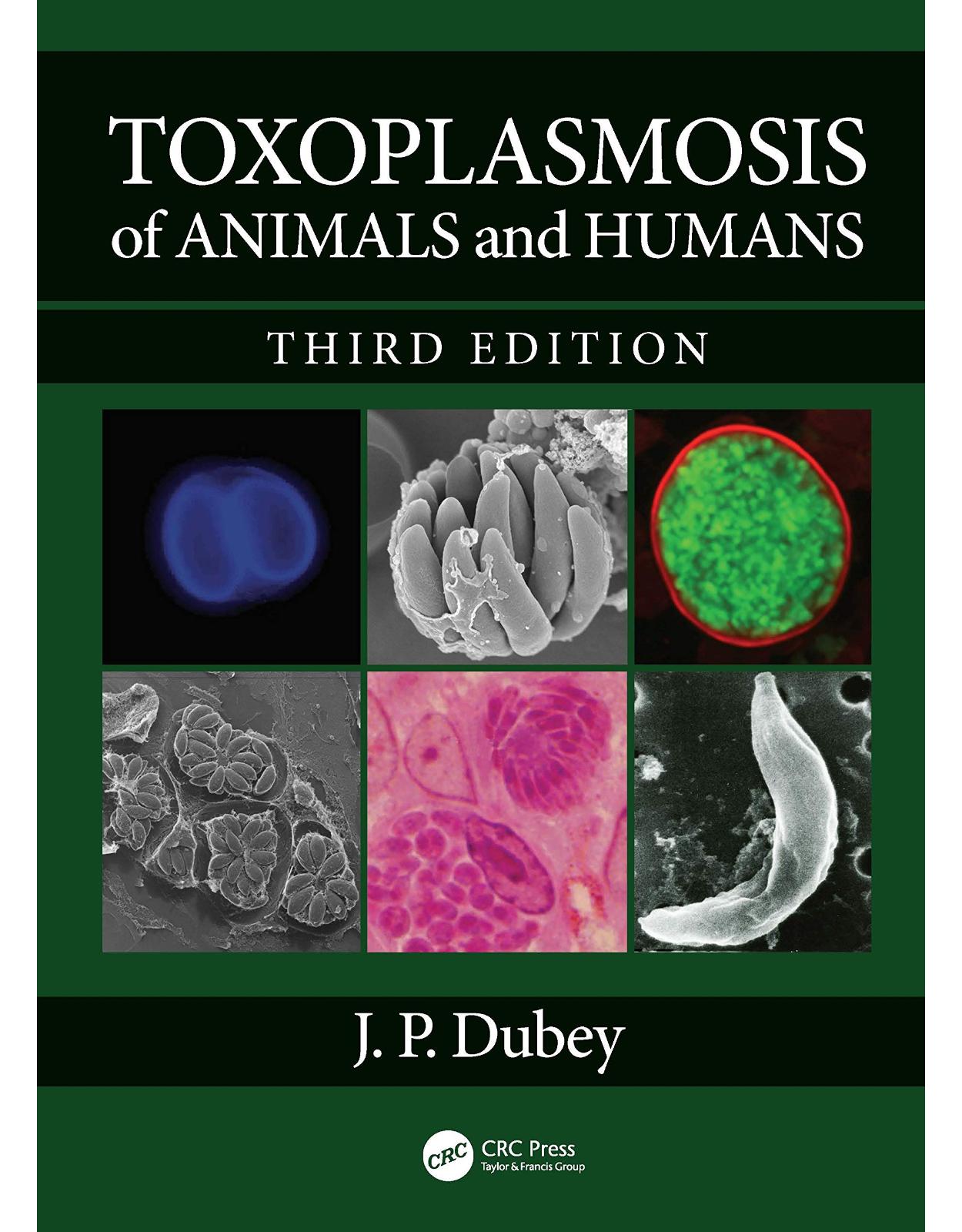
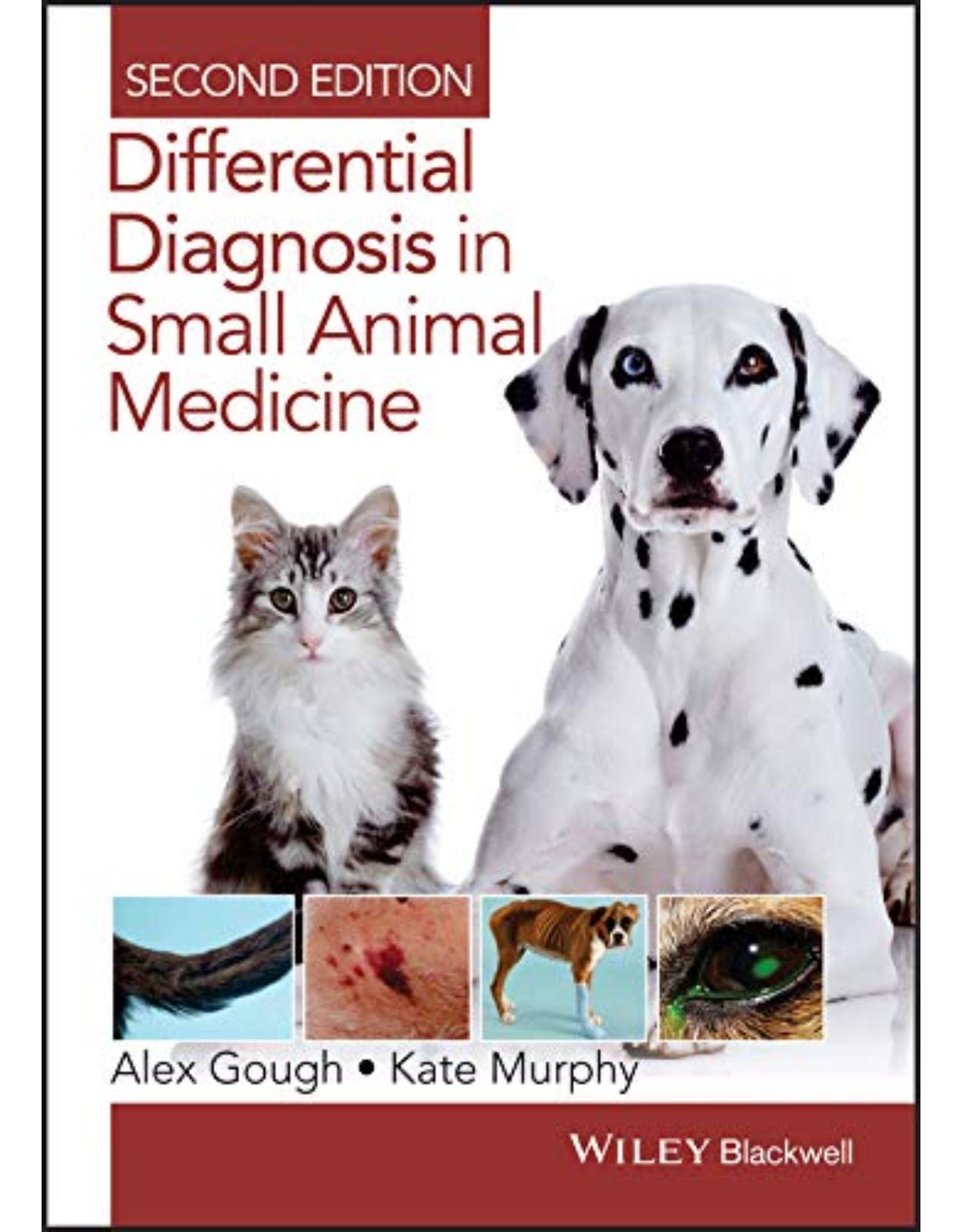
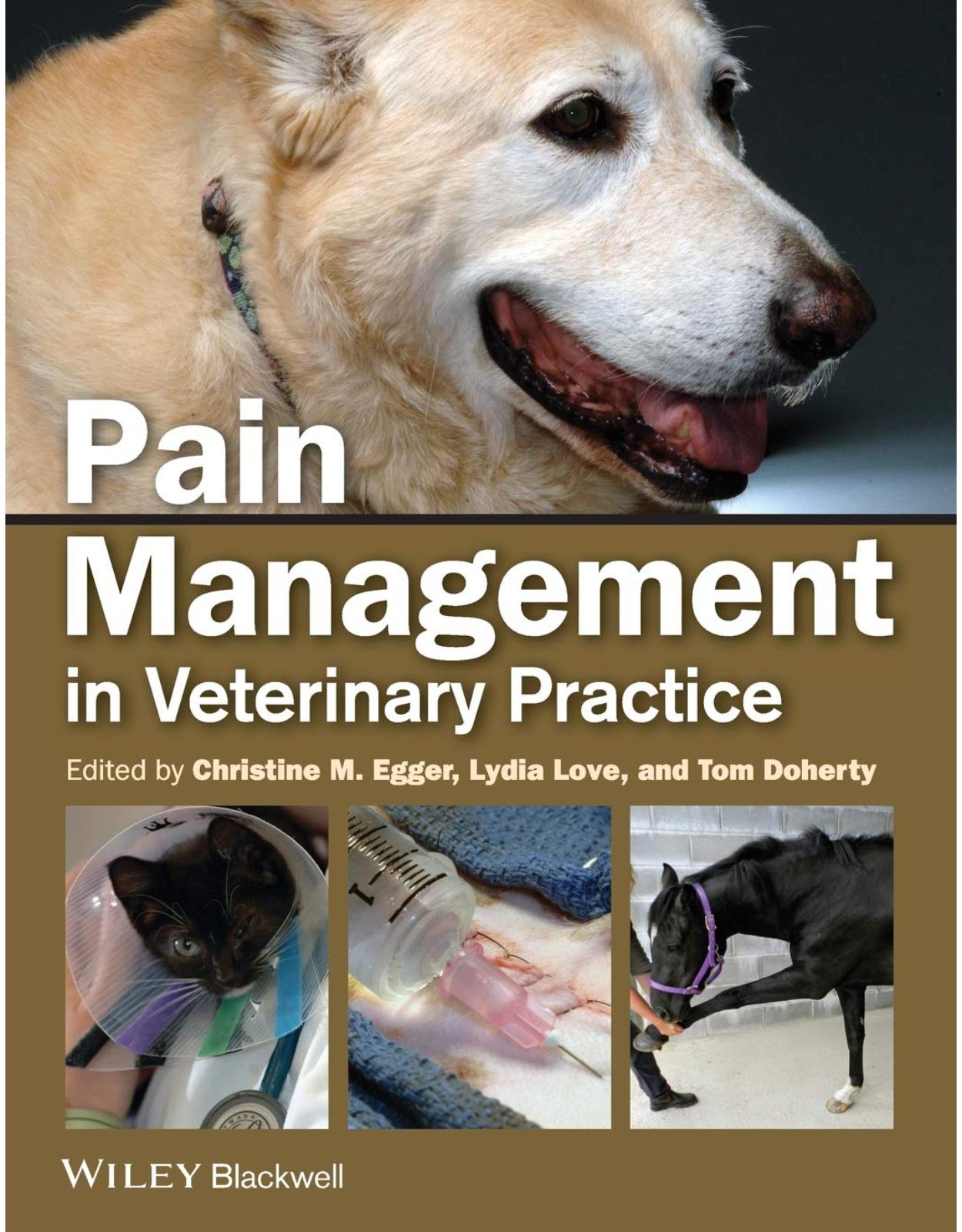

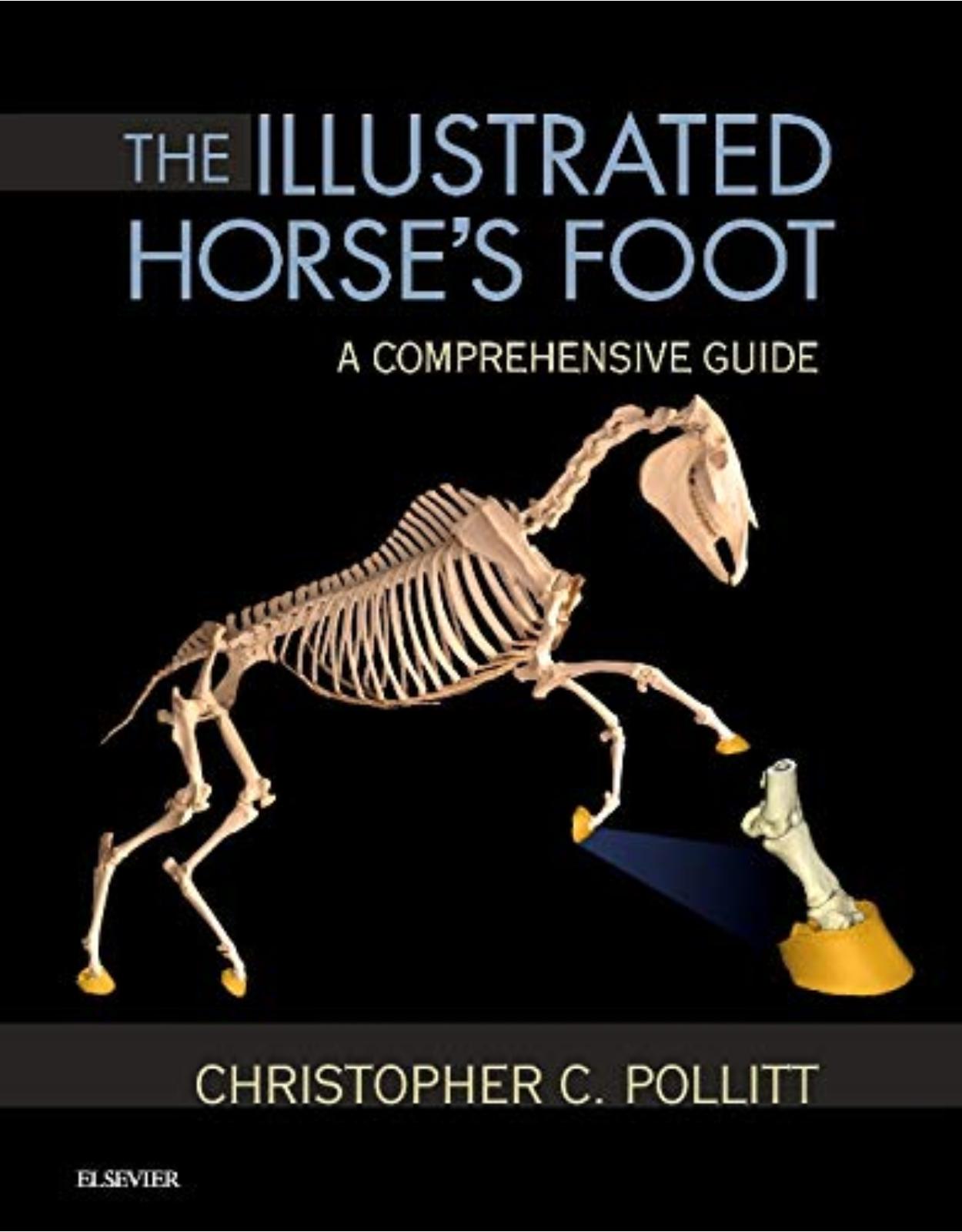

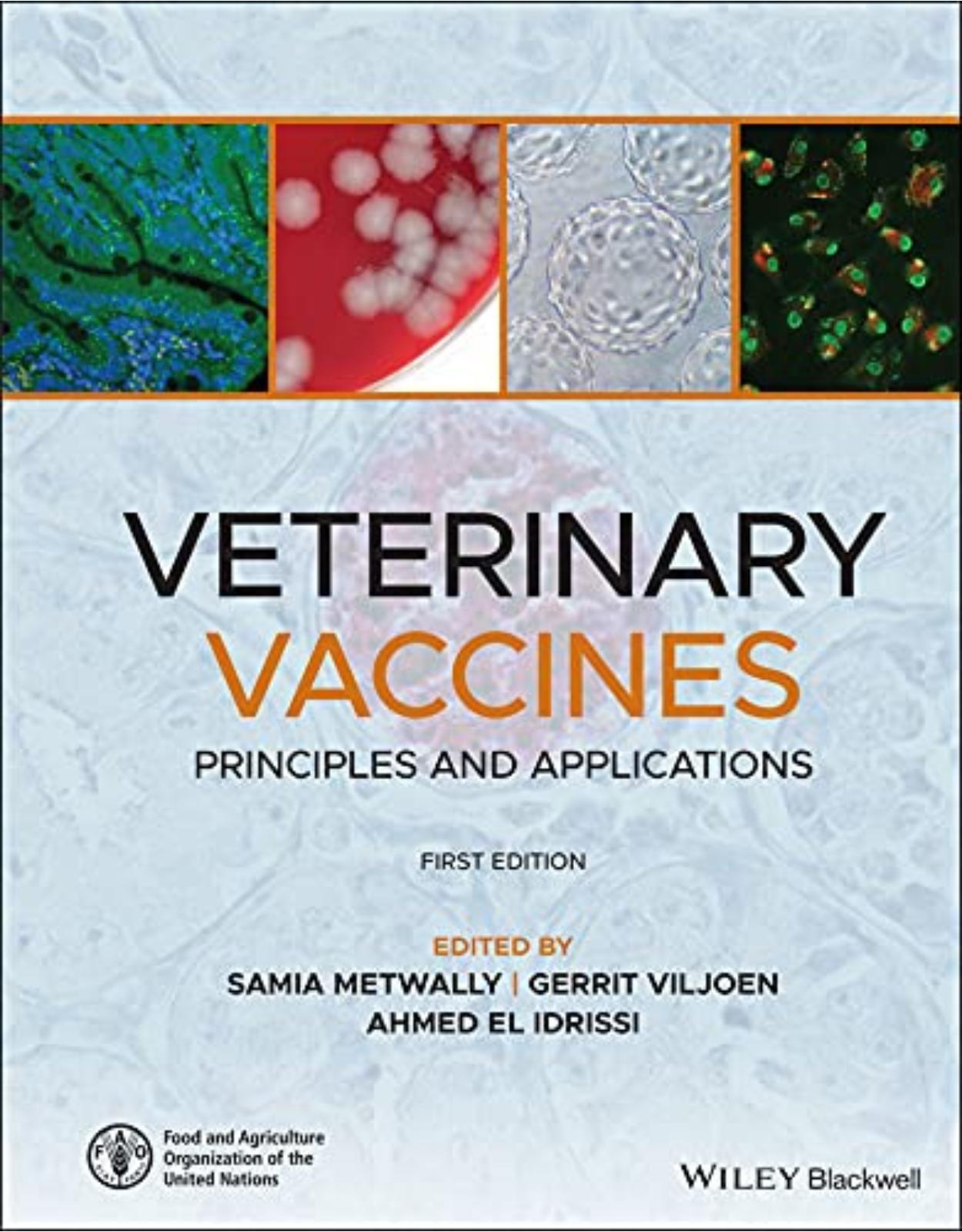
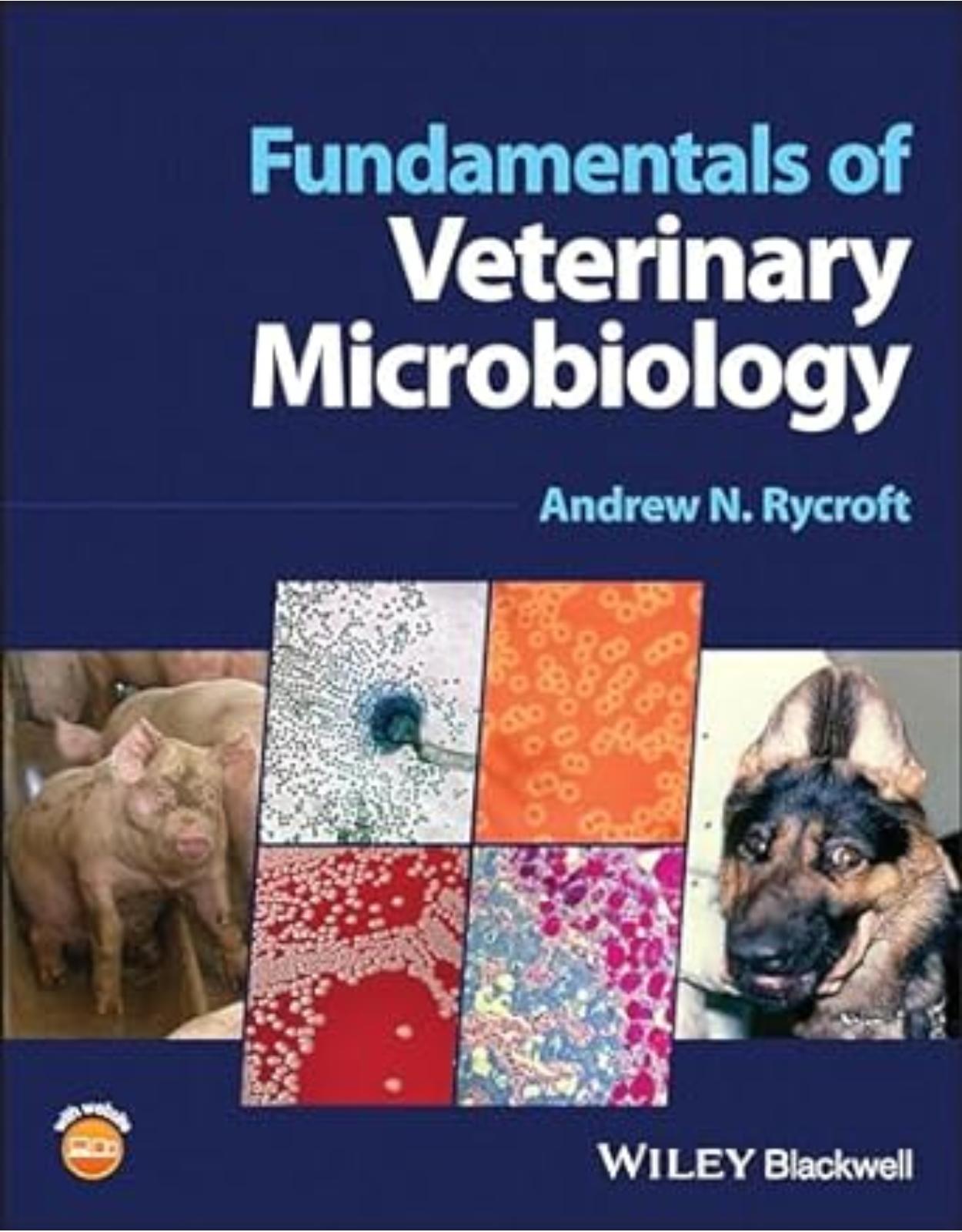
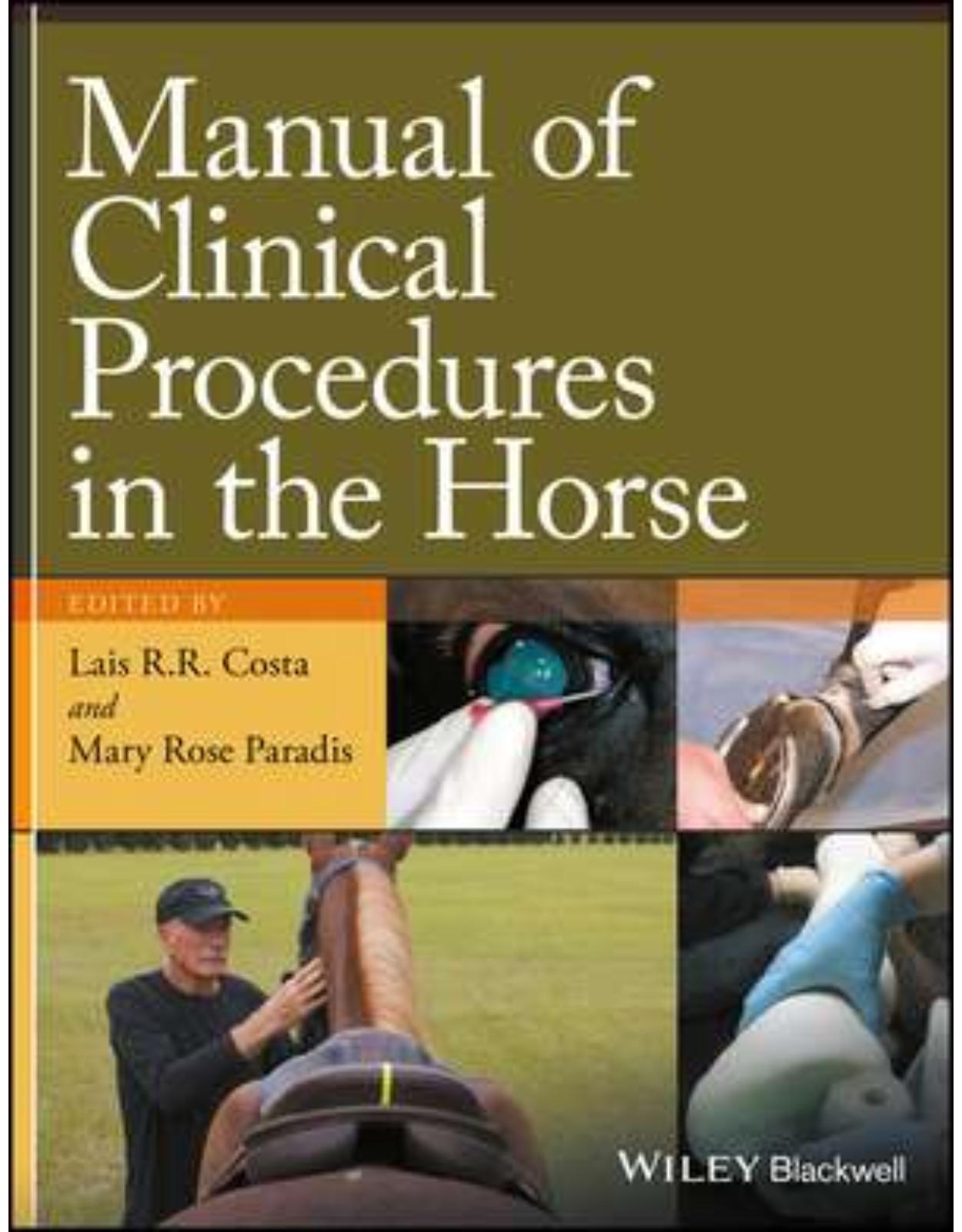
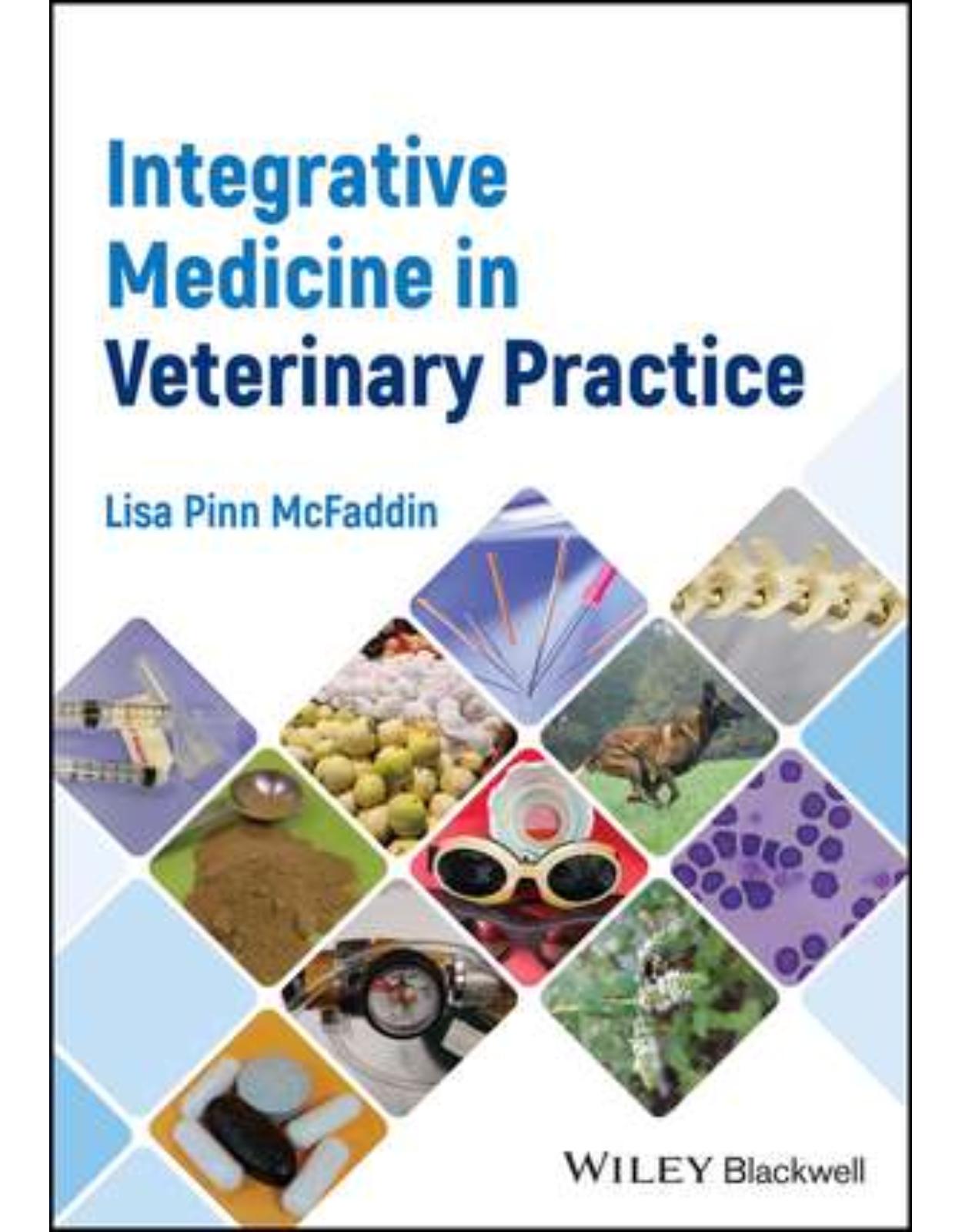
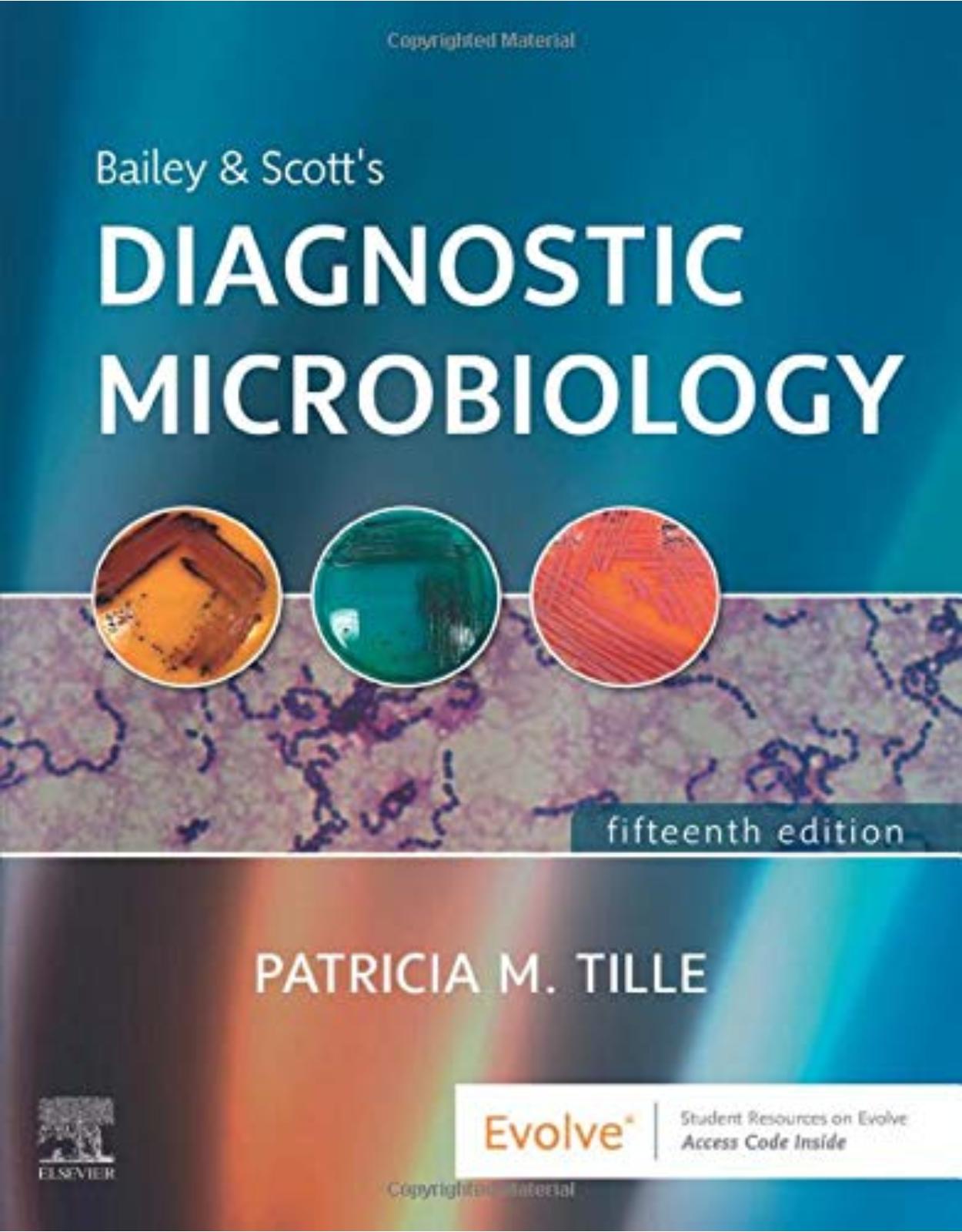
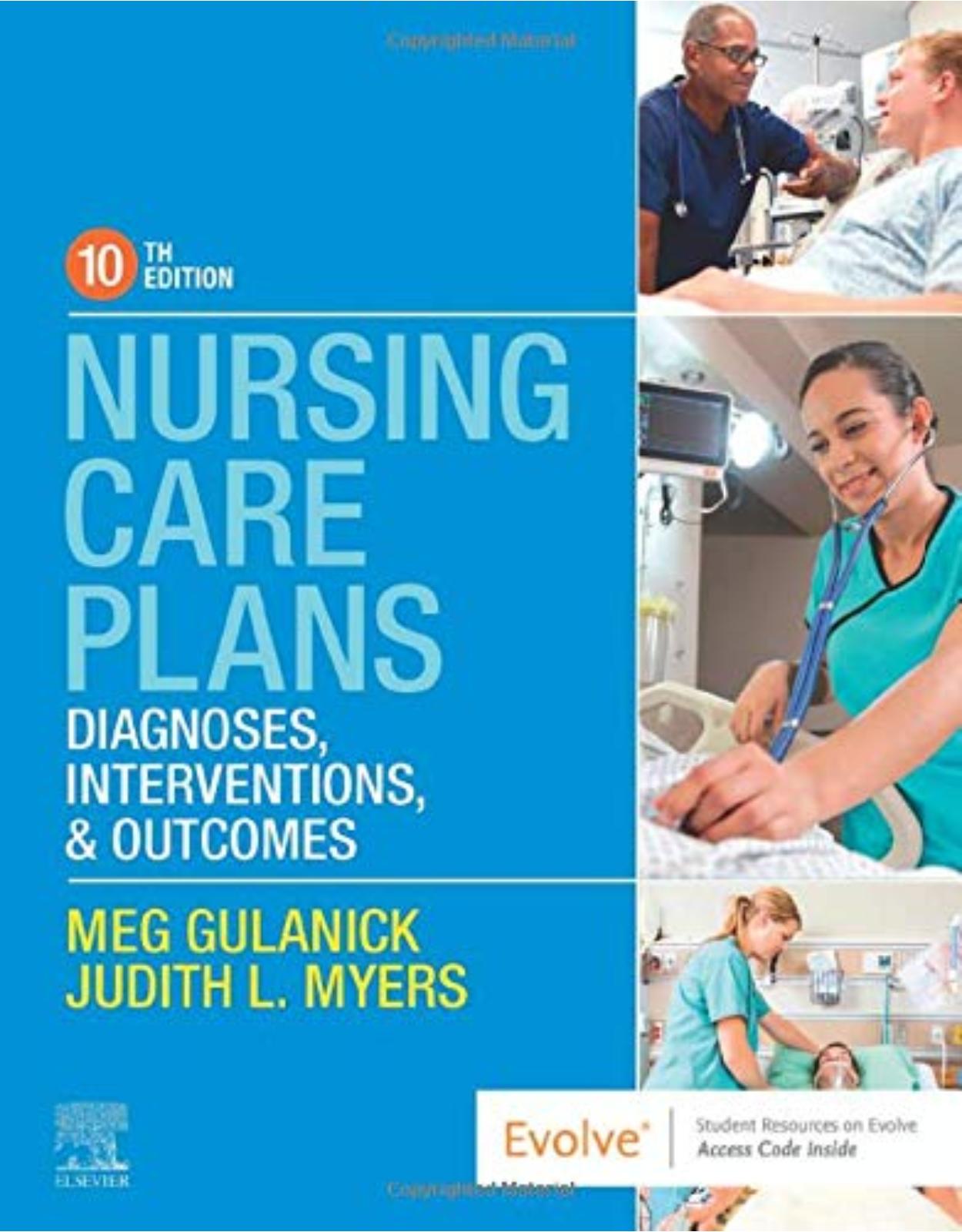
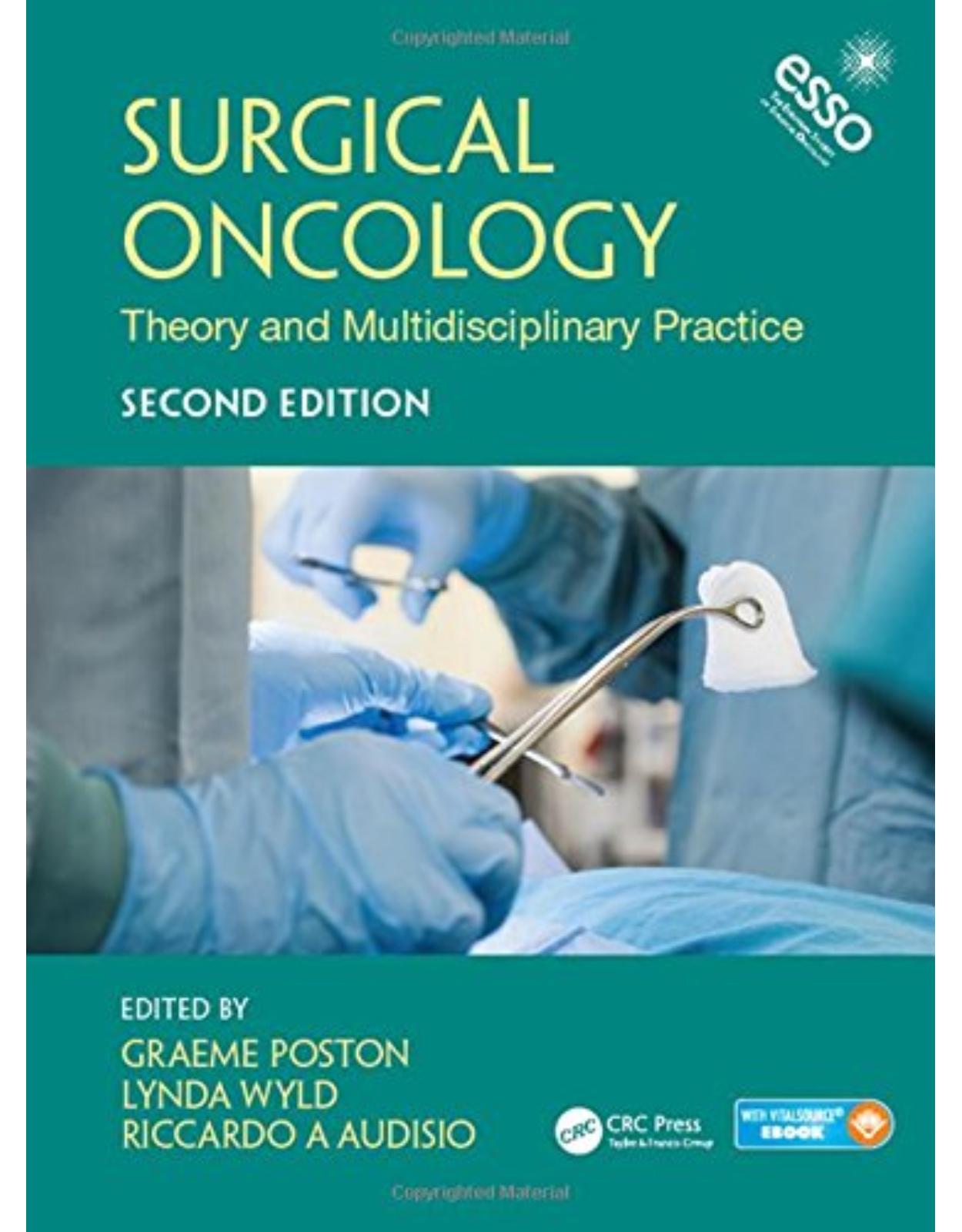

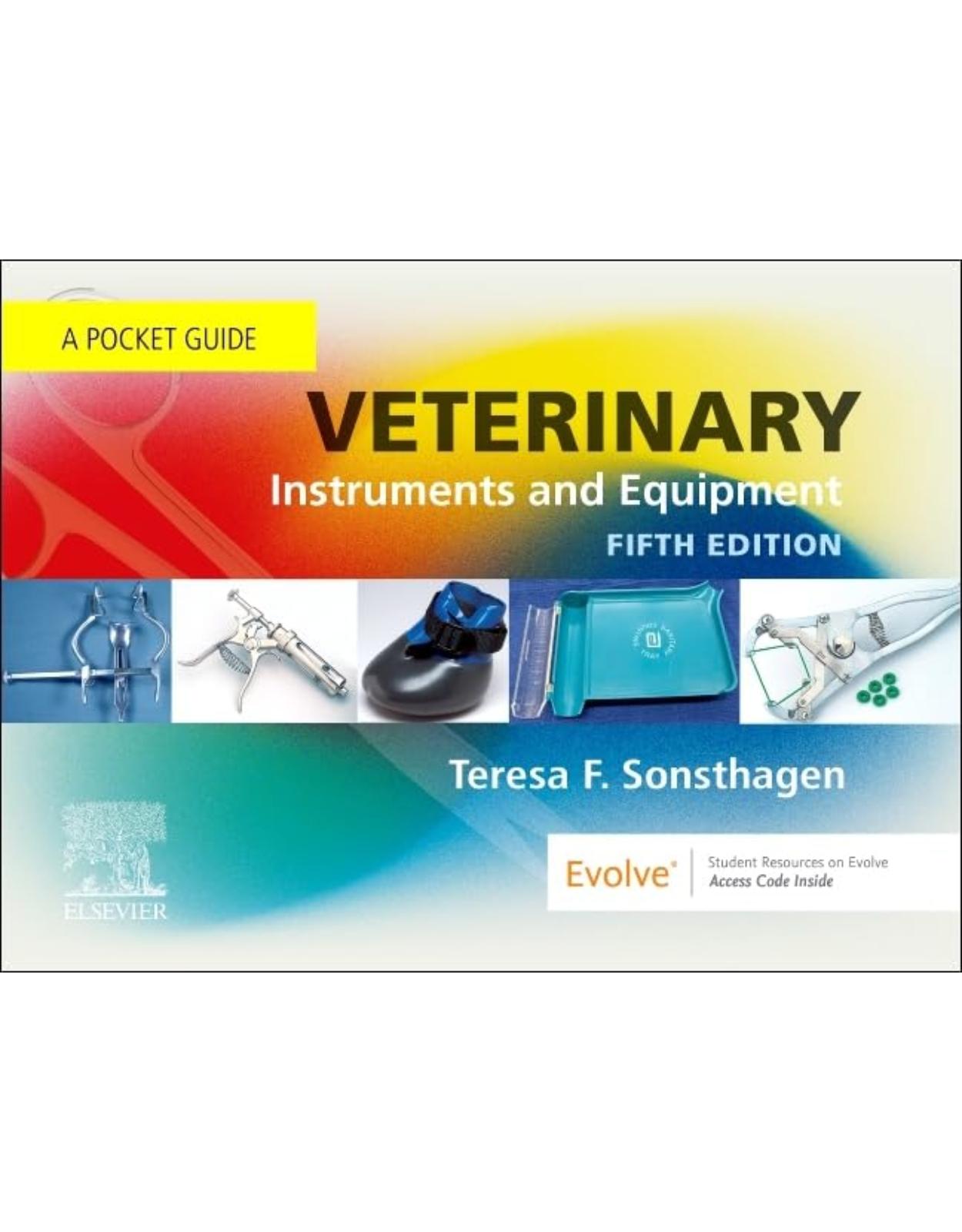
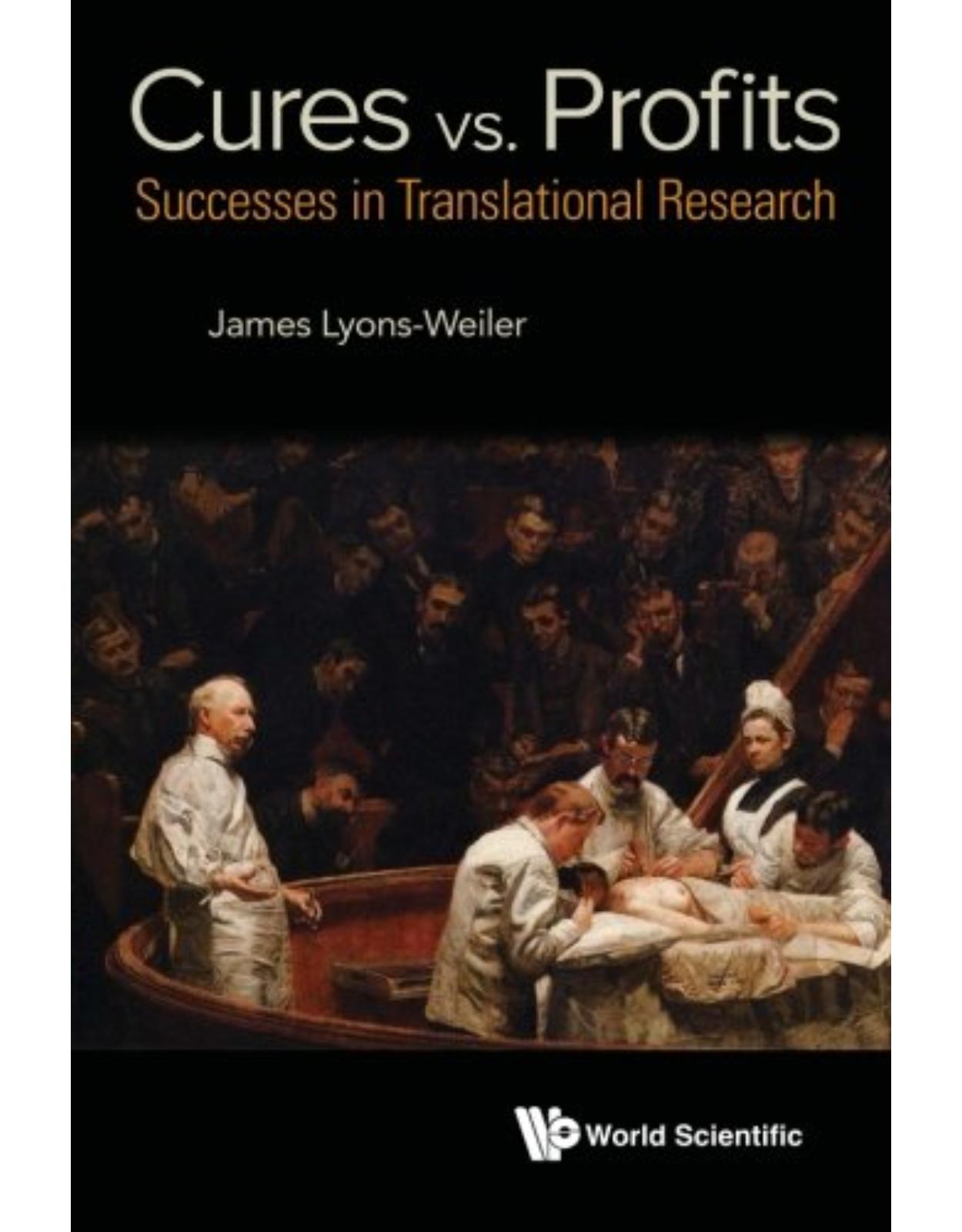

Clientii ebookshop.ro nu au adaugat inca opinii pentru acest produs. Fii primul care adauga o parere, folosind formularul de mai jos.